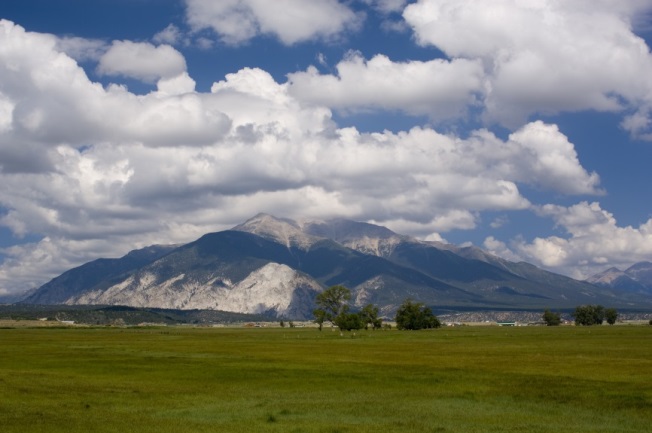Table of Contents

In 1974, Colorado enacted House Bill 1041, which gives local governments additional authority for planning decisions related to areas or activities of statewide concern. This bill allows communities to identify, designate, and regulate those activities and areas through a local permitting process commonly known as “1041 regulations.” The law was enacted to help clarify the roles and responsibilities of state and local governments in reviewing development projects that may have impacts beyond the local jurisdiction, and generally, the law allows the local jurisdiction to retain and increase control over such projects. These regulations are different than any other special development review process in that they give local governments authority to regulate projects that may otherwise be out of their jurisdiction or control (such as siting of highways or airports). The statute identifies four areas and ten activities of statewide interest:
Communities considering adopting 1041 regulations should first consult their attorneys. The enabling statutes (C.R.S. Title 24, Article 65.1) define when and where 1041 regulations could apply to new development, which types of developments are exempt from 1041 regulations, guidelines for administration of the permitting process, and the respective roles of local governments and state agencies. C.R.S. § 24-65.1-202 includes criteria for administration of areas and activities of state interest. Those criteria prescribe how natural hazard areas shall be administered, including floodplains, wildfire areas, and geologic hazard areas.
 These regulations can be integrated directly into existing land development regulations. For example, in addition to planned unit development (PUD) and/or annexation procedures, a community could describe the procedures for 1041 permitting in the same procedures chapter. When adopting 1041 regulations, communities must first identify areas and/or activities of state interest prior to enforcing the permitting process. Communities should also be sure to review other land use regulations and policy documents for consistency with any new ordinance in terms of definitions, procedures, exemptions, and enforcement authorities.
These regulations can be integrated directly into existing land development regulations. For example, in addition to planned unit development (PUD) and/or annexation procedures, a community could describe the procedures for 1041 permitting in the same procedures chapter. When adopting 1041 regulations, communities must first identify areas and/or activities of state interest prior to enforcing the permitting process. Communities should also be sure to review other land use regulations and policy documents for consistency with any new ordinance in terms of definitions, procedures, exemptions, and enforcement authorities.
Chaffee County, Colorado, has adopted several types of 1041 regulations, including wildlife protection, geothermal energy, water and sewage treatment systems, and development of new communities. Each application of the 1041 regulations has been adopted through a separate chapter of the county code. The siting and development of new communities is addressed in Chapter 8 of the county’s 1041 regulations and is intended to provide orderly development while reducing the impacts to the natural environment. As part of that 1041 permitting process, the county generally defines “new communities” as those needing to incorporate, or involving an extension of water and sewer services. New communities are required to identify potential natural hazards and also provide adequate mitigation to reduce the impacts of such hazards, among other approval criteria (Chaffee County Land Use, n.d.).
Adopting 1041 regulations may offer the following advantages:
- Provide an opportunity to consider potential impacts of natural hazard areas on the proposed infrastructure or development proposal.
- Allow local governments to review, comment, and impart change to proposed projects by statewide agencies that may impact the community.
- Provide a venue for public comment (during a public hearing) on activities and areas of state interest.
- Ensure that statewide interests are met without compromising the interests of local communities.
- Can be easily integrated directly into an existing land use code.
Administering 1041 regulations can also come with the following challenges:
- Requires designation of areas and activities of state interest prior to regulating them.
- Adds another procedure to land use and development codes, often with a unique set of definitions and approval criteria.
- Enabling statute is very prescriptive in terms of administration and criteria.
